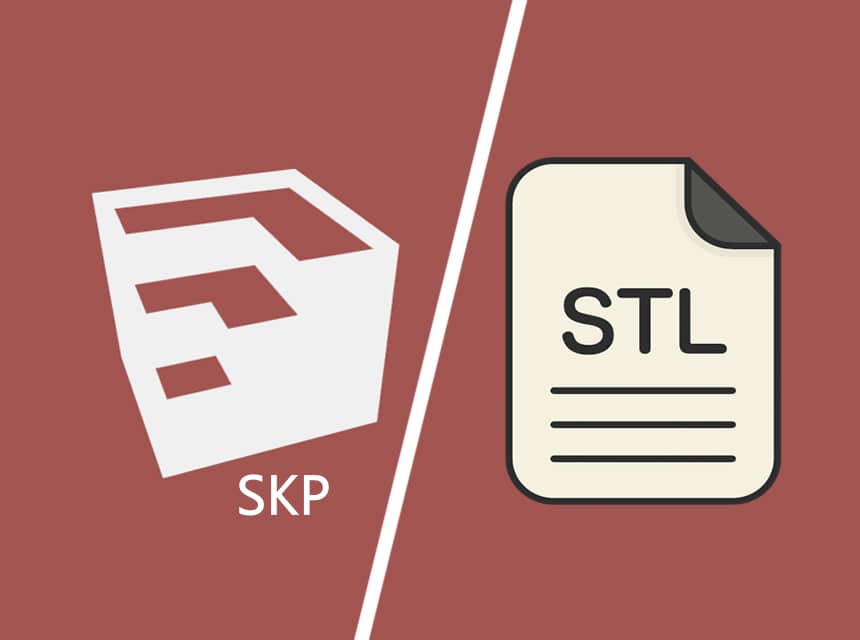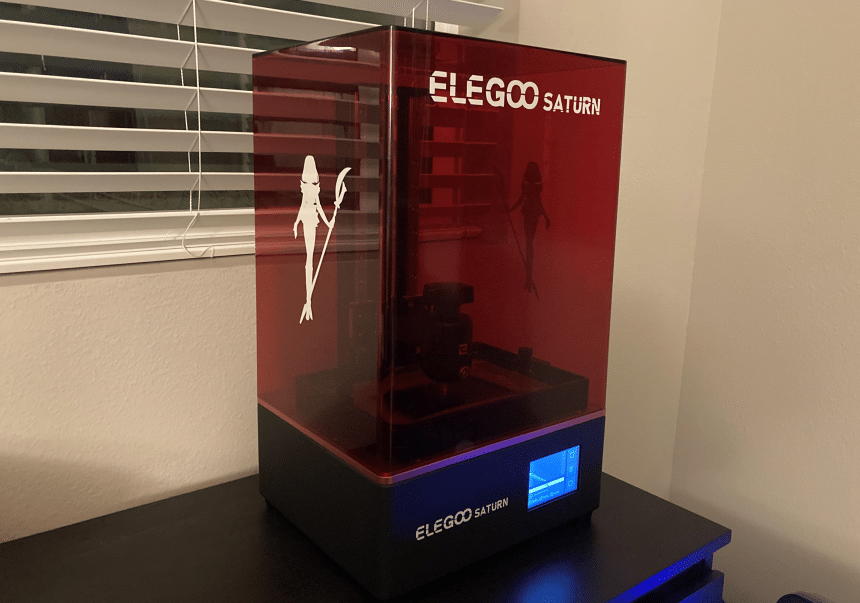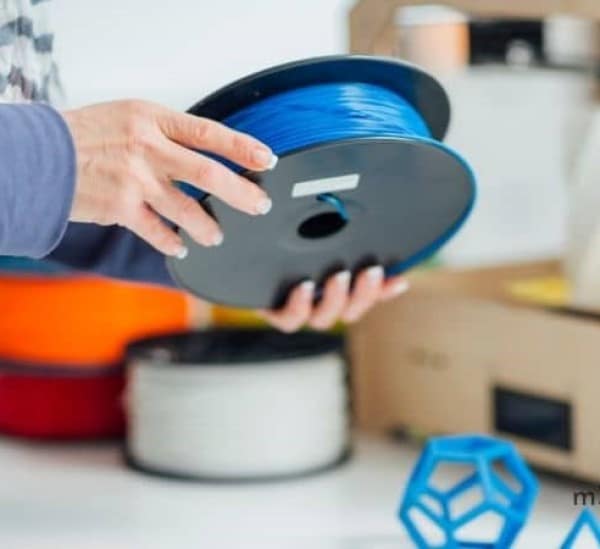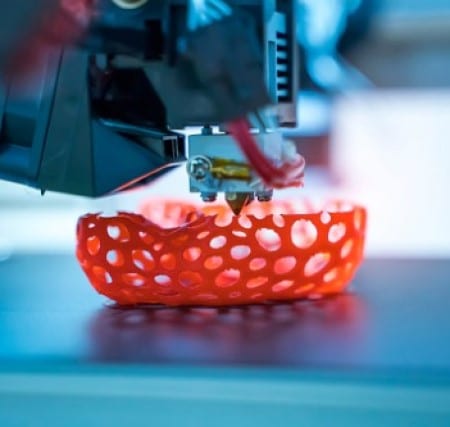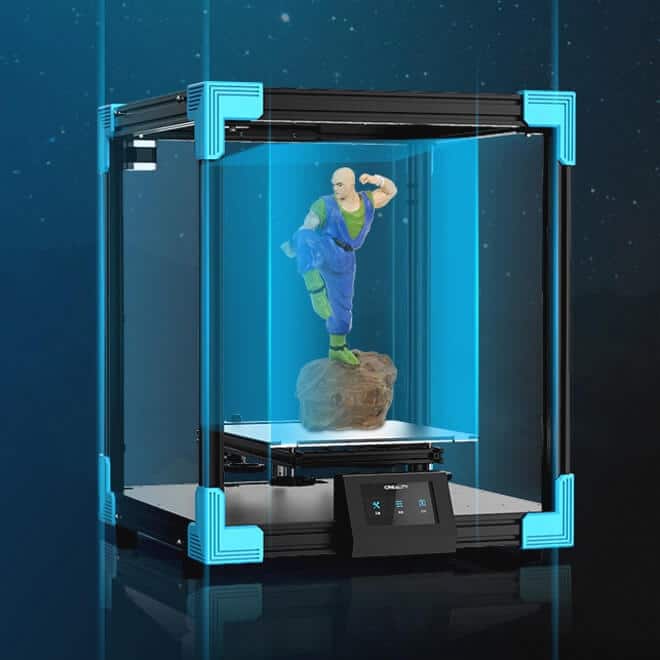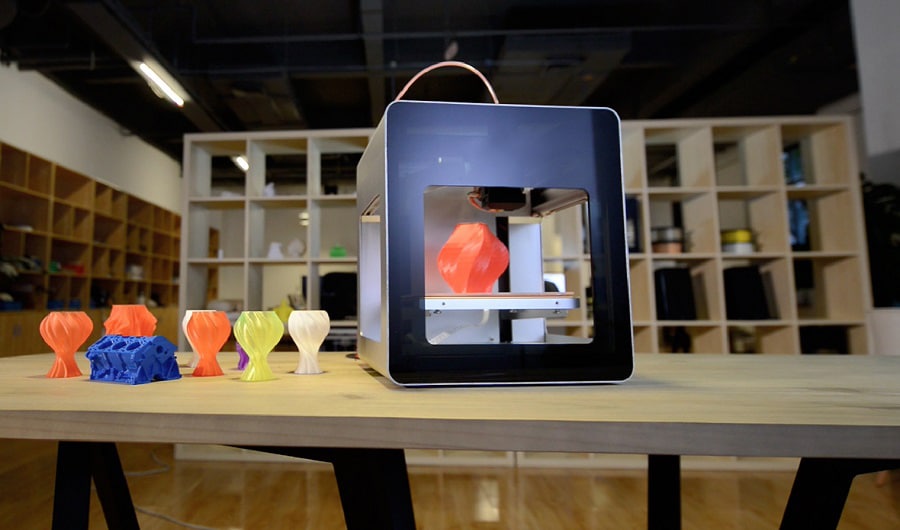

Although we are in the digital era where you can easily access any information from online tutorials or watch YouTube videos, nothing beats the traditional way of getting knowledge. Whether you are a professional or a beginner who wants to get into the world of 3D printing, having the best 3D printing book will make the learning process much easier.
The beauty of reading a book is that you will learn from other people’s experiences, which helps you to avoid some of the mistakes they might have made. While you will find a wide range of options in the market today, not all top-rated 3D printing books are as good as they claim to be. That is why we have looked at the best 3D printing books that contain all the information you need to know about 3D printing. We have selected the books based on several features such as pages, best for, author and publisher.
More features: 2’nd edition, tutorials for creating models
Written by Richard Horne and Kalani Kirk Hausman, the 3D Printing for Dummies has been revised and published to give all the information you need to know about 3d printing. Richard Horne has experience in product designing, marketing, and engineering, and he has shared great information to make your 3D printing experience easier.
The book offers information about different modeling types and the multiple 3D printers available in the market today. You will also learn about photogrammetry and 3D scanners. The books also contain information about different types of materials like glass, plastic, chocolate, and concrete.
Whether you are in architecture, the food industry, or the medical field, reading this book will help you understand the different 3D applications. Moreover, this book offers you information on transforming the manufacturing and production industry and how 3D printing is affecting businesses.
This book also walks you through different printing techniques using a wide range of software, source designs, and hardware. More importantly, you get to learn more about important tips on successful 3D printing. With this book, you can convert your great concepts into actual creations.
More features: 1’st edition, 321 illustration
If your printer did not come with a user manual or the one included wasn’t clear, then the Maintaining and Troubleshooting Your 3D Printer is for you. This is one of the best 3D printing books about maintenance.
Written by Charles Bell, who has a year of experience in the world of 3D printing, this book is like a bible for anyone who wants to be an expert in 3D printing. From this book, you can easily understand your printer, identify any problem with the printer, and inform you how to solve different problems. For example, sticking the first layer to the build plate and preventing jagged edges.
Expect to get a collection of solutions to various software problems. We particularly like the detailed part on a calibration that explains why it’s important to align the printer bed and gives ways of achieving a perfect alignment. There is a section in this book which talks about improving and maintaining your printer.
Moreover, it has information on how to lubricate your machine and tell when your 3D printed requires re-alignment. The information given in this book helps you keep your machine in the best condition for years.
More features: edited by David Feeney, 2020 edition
Troubleshooting is part of the 3D printing process because no matter how well or frequently you maintain your machine, issues will come up once in a while. That is why we introduce to you the 3D Printing Failures: 2020 Edition, which is among the best 3D printing book about standard printers.
With this book, you can solve the most common issues that occur in 3D printing. What makes it one of the best options is that it is useful for both beginners and professional users. The information provided in this book is easy to understand, even for those new in the world of 3D printing.
Furthermore, the guide has photos and illustrations, and it is extremely detailed. It also contains a list of materials and tools you need and where you can get them. Even people who have years of experience in the 3D printing industry will also learn a lot from this guide. But the best part about this book is the introduction of continuous series. This is the 2020 version, which contains 50% more content than the previous one.
You will realize that this version has new photos, re-written chapters, and fresh chapters. Meaning, since the 3D printing industry is advancing this book will keep you up to date with emerging problems and their solution.
More features: can be used for education, edited by Roger Stewart, colorful illustrations.
If you are a beginner who wants to know even the most basic information about 3D printing, then consider going for the 3D Printer. Whether you already have a 3D printer or not, this book equips you with adequate knowledge about different technologies and each option’s advantages and disadvantages. You will also learn about the most useful software in 3D printing.
In addition, the language used in this book is simple and easy to understand. The best thing about this option is that it goes beyond regular information you can easily find online. The book also has hands-on-tutorials that will come in handy for those who want to get jump right into creating their own 3D printing models. With the tips included in the book, you will have an easy time building up your models.
Another great thing is that it includes a section on 3D printing technology and different types of printing materials. The authors of this book are Liza Wallach Kloski and Nick Kloski, who have combined their passion for 3D printing and come up with a book that will help you succeed. Another great thing is the troubleshooting section, which gives you solutions to issues you might encounter during 3D printing.
More features: illustrated by Ann Morozova
If you want to introduce your kid to 3D printing then the Peter and Pablo The Printer: Adventures In Making The Future will be an excellent pick. This book is written in a simple language which makes it easy for kids to understand.
Unlike adult 3D printing books, this once is not technical and does not contain unnecessary details that will bore your child. Instead, it has a unique and captivating topic to keep them interested. It narrates a story of a young kid named Pablo who is given a magical 3D printer as a gift from his father. With this printer, Pablo can create anything he likes. Eventually, this kid starts printing toys for him and his friend Peter.
As you can see, this book will leave your young one wanting to know more about this amazing machine. Well, eventually, Pablo gets very close to his friend Peter, and they become quite experienced in printing.
However, they later learn that while technology is great, it cannot replace some important aspects like communication and social interaction. This book will definitely make your kid curious about 3D printing, so be ready to answer those questions.
More features: illustrated
While 3D printers have made a big difference in many industries like manufacturing and production, nothing beats the impact of 3D printing in the architecture industry. It’s worth noting that architecture goes beyond the buildings and walls, it is every element ensures you achieve an aesthetic and amazing experience in a building.
So, 3D printing is a huge structural element and small components that lead to a great experience in the end. With that in mind, we introduce to you the Printing Architecture: Innovative Recipes for 3D Printing. Written by Ronald Rael, an architecture professor, and Virginia San Fratello, a professor of interior design, this book provides all the information you need to know about printing architecture.
In this book, the authors explain the ideal for using unnatural material to create architectural artifacts. The materials include tea, clay, wine waste, rubber, sawdust, and more. You are probably wondering whether it’s even possible to use such unusual materials in 3D printing.
This is actually possible through a process called binder jetting, where a powder is glued together. So, can this help you create a usable structure? Well, this is where this book comes in, and it gives you different recipes to enable you to create usable structures.
More features: colorful illustrations and schemes
The last but not least product on this list is the 3D Printing for Model Engineers: A Practical Guide. Like the name implies, this book contains practical and simple guidelines that are easy to read and understand.
Professional engineer Neil Wyat wrote this amazing book and included information on how to use 3D computer designs, ideal printing materials, and what to do to make you successful in 3D printing. As you can see, this book will help you print any object nicely. This book gives you a compressive guide on 3D printing in engineering projects or engineering-based hobbies.
You will also learn how to make metal castings as well as creating your own 3D printer. The best part is that this book is filled with practical experiences that ensure you get the most from your machine.
After looking at the best 3D printing books available in the market today, we now give you more information about this topic to ensure you get the most from your next 3D printing project.
You can learn almost everything you need to know about 3D printing from the books we have looked at in our list. And in this section of the guide, we look at what you will learn from 3D printing books.
Whether you are a beginner or an expert, getting a 3D printing book will ultimately make you a better 3D printer. However, there are some things you need to consider before making a purchase. Let’s take a look.
Like any other product, 3D printing books at different prices, several factors will determine the book’s price, for example, its demand. If a book is in high demand but low supply, then it might be pricier than other options. Another thing is the type of content in the 3D printing book; for example, a book like the 3D Printing for Model Engineers has very technical information, which makes it pricier than the Getting Started with 3D Printing, which contains basic information on 3D printing.
A book’s structure is how the information is organized and other things like how many chapters are there in the book and how they are connected. A book without a good structure can be difficult to read since the information is all over the place, leading to more confusion. Structure helps the reader understand information better.
We recommend going for a book that talks about tips and tricks of 3D printing. You will learn some information that might not be known to others or information that is not provided by the manufacturer. With such information, you will have an easy time printing your models and maintaining your machine. A good example of a printing book that has tips and tricks is the 3D Printing Failures: 2020 Edition.
If you want to get your kid a 3D printing book, then you need to get one with a kid-friendly design. An ideal book should be interesting but still promote imagination and the ability to solve problems. Young kids enjoy books that provide stories that they can share with their friends. The Peter and Pablo The Printer is one of the best 3D printing books for kids since it is fascinating, contains a simple story, engaging and educative.
No matter how great a 3D book is, it’s not a good option if it is not easy to understand. We recommend going for a book like Maintaining and Troubleshooting Your 3D Printer that contains all the information you need to know but delivers the information in a simple way. The other thing is that you need to make sure the 3D printing book you choose has current information, especially 3D printing is evolving daily. Meaning information that was useful in 2005 might not be relevant in 2020.
Just like some people choose a movie based on the actor, it’s also important to look at the author’s qualification before buying a 3D printing book. Looking for the author’s education level, experience and passion will help you determine if the author is qualified to write about a particular topic. A book like the Printing Architecture: Innovative Recipes for 3D Printing is written by architecture professors meaning they have enough experience in this area.
Books with illustrations are more attractive, keep readers interested, and understand the written information. 3D printing is a complex technique, and using an illustration such as a picture in a 3D printing book makes information clearer and easy to understand. Another great thing about illustrations is that they make it easy for you to remember the information you have read. A good example of a book that has illustrations is Maintaining and Troubleshooting Your 3D Printer.
Another thing you might want to look out for in the context of the book. A 3D printing book might be nicely structured and written, but if it doesn’t contain the information you need to know, it will not be helpful. Always consider if the information provided in the book is really important to the matter in question.
Our first pick is the 3D Printing for Dummies, which contains information about 3D printing scanners and different printing materials. The book is written in a simple language that is easy to understand.
Our second pick is the Maintaining and Troubleshooting Your 3D Printer, which is perfect for beginners and experts who want to know how to maintain and solve issues that may come up during 3D printing. The best thing about this option is that it helps you keep your valuable machine in perfect condition for years.
Our third pick is Getting Started with 3D Printing, one of the best 3d printing books available today. This book takes you through the entire 3D printing process and is simple and easy to understand.
